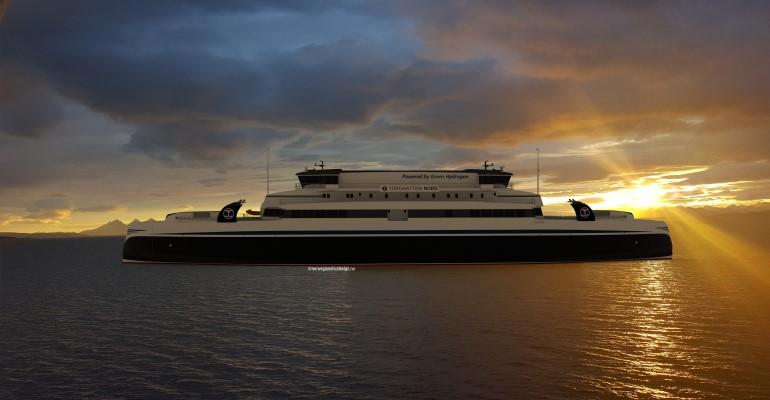The report by UMAS and the UN’s Climate Change High Level Champions measured the industry’s progress towards the goal of SZEF making up 5% of shipping fuel by 2030 – a target and milestone for the industry to achieve its ambition of zero emissions by 2050.
“Currently, actions towards this 5% goal can be considered as being partially on track,” said the report.
Noting at least 203 pilot SZEF projects and demonstrators in the pipeline, the report said it is critical to move to production commitments, investments and infrastructure development.
“Current estimates in line with IMO Initial Strategy ambitions put the total additional capital needed for shipping’s decarbonization at $1-1.4trn, with over 80% of this figure upstream (e.g., associated with infrastructure investment).”
UMAS said there was progress on green finance in the shipping industry through the Poseidon Principles and Clydebank Declaration, but progress on the financing of SZEF infrastructure was limited. The development of financial mechanisms to make SZEF more commercially attractive and policy to enable SZEF adoption were only partially on track, said the report.
UMAS said the industry would have to commit to an annual investment of around $40bn by 2030 for bunkering and production of SZEF. “This investment is somewhat smaller than the larger figures of overall scale of bunkering investment necessary,” said the report, as large-scale demonstration projects are expected to bring infrastructure requirements, and market synergies with other sectors are anticipated, easing some of the cost to shipping.
On the demand side, the industry is again only partially on track when it comes to SZEF, with various commitments to zero emissions shipping from both shipowners and cargo owners. Orders for vessels ready for SZEF should increase, said the report.
“Overall, there has been significant progress in commitments which are starting to be converted into action through creation of standards, improvements in transparency and cross value chain collaborations coming together to test and pilot demonstrations,” said the report.
“There is hope that this puts us on track to meet enabling actions by middle of this decade setting the course towards the 5% breakthrough goal by 2030.”
Katharine Palmer, Shipping Lead at the UN High level Climate Champions team said: “To achieve the 2030 Breakthrough goal we need near-term project level action describing tangible, collective action required. This report acts as an honest stocktake of progress which needs to continue to be monitored and tracked. In the run-up to COP27, this is an important milestone to signal a true shift to delivery to convert these commitments and pledges to actions and solutions”
Domagoj Baresic, Consultant at UMAS said: “In order for the shipping industry to decarbonize, multiple actions which can increase production and adoption of scalable zero emission fuels in the industry are required now. This report provides evidence for the significant progress which has been made to decarbonize shipping, yet at the same time shows that further significant action is required. The evidence presented shows now is the time to take the necessary actions to ensure that by 2030 the industry is committed to a decarbonization trajectory.”
The full report, Climate Action in Ssipping, Progress towards Shipping’s 2030 Breakthrough can be found on the Global Maritime Forum website.
Copyright © 2024. All rights reserved. Seatrade, a trading name of Informa Markets (UK) Limited.
Add Seatrade Maritime News to your Google News feed.  |

